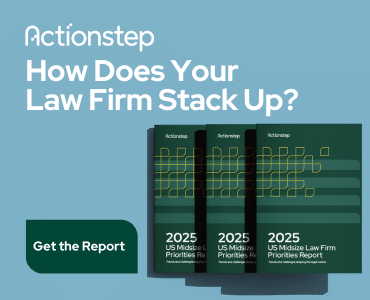Cribbing from commercial forms and recycling language from documents you’ve already created saves a lot of time and aggravation when you’re drafting new legal documents. No one needs to reinvent the wheel every time a new project comes through the door. It’s the entire reason document management and document assembly programs exist.
But no matter how good your forms are, or how cutting-edge your software is, they won’t save you from the real work that remains after you’ve finished the initial draft: editing. I’m not talking about the simple review you do to avoid turning out a disaster that looks as if you’ve cobbled it together from three other agreements, an old form book and a hazy memory of what these things are supposed to say.
I’m talking about editing legal documents you’ve drafted with care and thought in the first place.
Editing Is So Much More Than Proofreading
“Editing” is not “proofreading.” Proofreading simply catches and corrects mistakes so you don’t look too sloppy. When you edit, you review and modify a document’s content so the final product gets the job done without creating headaches down the road. Editing isn’t a luxury — it’s a necessary step to achieving your client’s goals, as well as your own.
So, once you’ve finished your draft, read it again with an editor’s eye. Ask yourself these three questions to identify the changes you need to make.
1. Does this document, as it’s written, accomplish everything my client wants?
The “as it’s written” is key. It doesn’t matter what you intended to say — what matters is what’s on the page. (If you ever do get asked what it was supposed to say, you’ll probably be under oath when you answer.) Read it again with fresh eyes, after you’ve taken a break from it. Better yet, tell someone else what it’s supposed to do, then have her read it and tell you if it gets the job done. In the immortal words of the Hon. Richard G. Kopf, “Never send me something unless someone less dumb than you has read it first.”
2. Is it appropriate for the parties involved?
An agreement governing a transaction between family members who live to fight with each other requires different provisions than an agreement for a one-time, arm’s-length transaction between sophisticated businesses. This should go without saying, but consider the agreements you’ve seen that include pages and pages of boilerplate unrelated to the transaction at hand, while utterly failing to address the obvious issues the parties brought to the table in the first place. Tailor your forms to the people in front of you.
3. What would a litigator do with this?
Litigators take apart paragraphs and parse sentences to accomplish what they want to accomplish — change the terms of an agreement or void it altogether. Make your language precise, and make sure you actually need to include it. Don’t skip over standard or boilerplate language in your review, either. Even the traditional “other good and valuable consideration” has opened the door to litigation, dragging the parties all the way to the highest court in New York State. If your agreement doesn’t need the language, take it out.
Ask the questions, identify the problems, make the changes. A well-crafted document over your name not only demonstrates your competence and care to everyone who reads it, it also won’t come back to bite you.
Illustration ©iStockPhoto.com
















